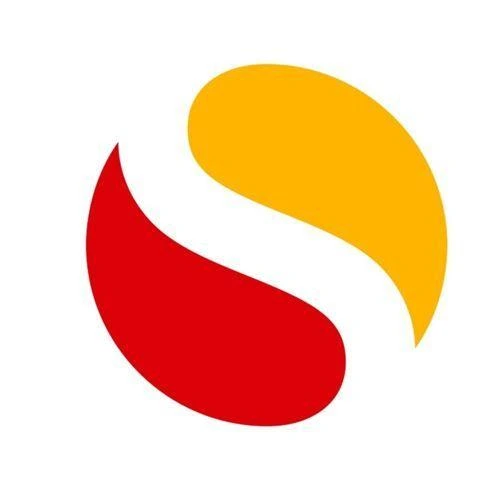The scope of a SolidWorks course in India is vast and promising, given the country's rapidly growing manufacturing and engineering sectors. Here are some key points highlighting the scope:
- Manufacturing Industry: SolidWorks is widely used in India's manufacturing industry for product design and development. A SolidWorks course can lead to opportunities in automotive, aerospace, consumer goods, and heavy machinery companies.
- Engineering Services: Many engineering service providers in India use SolidWorks for creating detailed design solutions for clients globally. Proficiency in SolidWorks can open doors to jobs in these firms.
- Research and Development: R&D centers in India, both private and government, require skilled SolidWorks users to develop innovative products and solutions.
- Startups and SMEs: The rise of startups and small to medium enterprises in India has increased the demand for versatile CAD designers who can handle end-to-end product development using SolidWorks.
- Educational Institutions: Technical universities and colleges in India are incorporating SolidWorks into their curriculum. Skilled professionals can find opportunities as educators or trainers in these institutions.
- Freelancing and Consulting: With a SolidWorks certification, individuals can offer freelance services or consultancy, catering to various design and development projects.
- Global Opportunities: Indian
professionals skilled in SolidWorks are in demand globally, providing
opportunities for international careers.
In summary, a SolidWorks
course can significantly enhance career prospects in various engineering and
manufacturing domains in India, offering roles in design, product development,
simulation, and analysis across multiple industries.



 4.8 (21,636) reviews
4.8 (21,636) reviews


 Read more
Read more 
